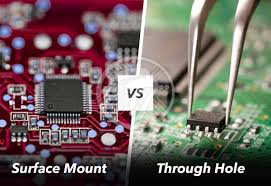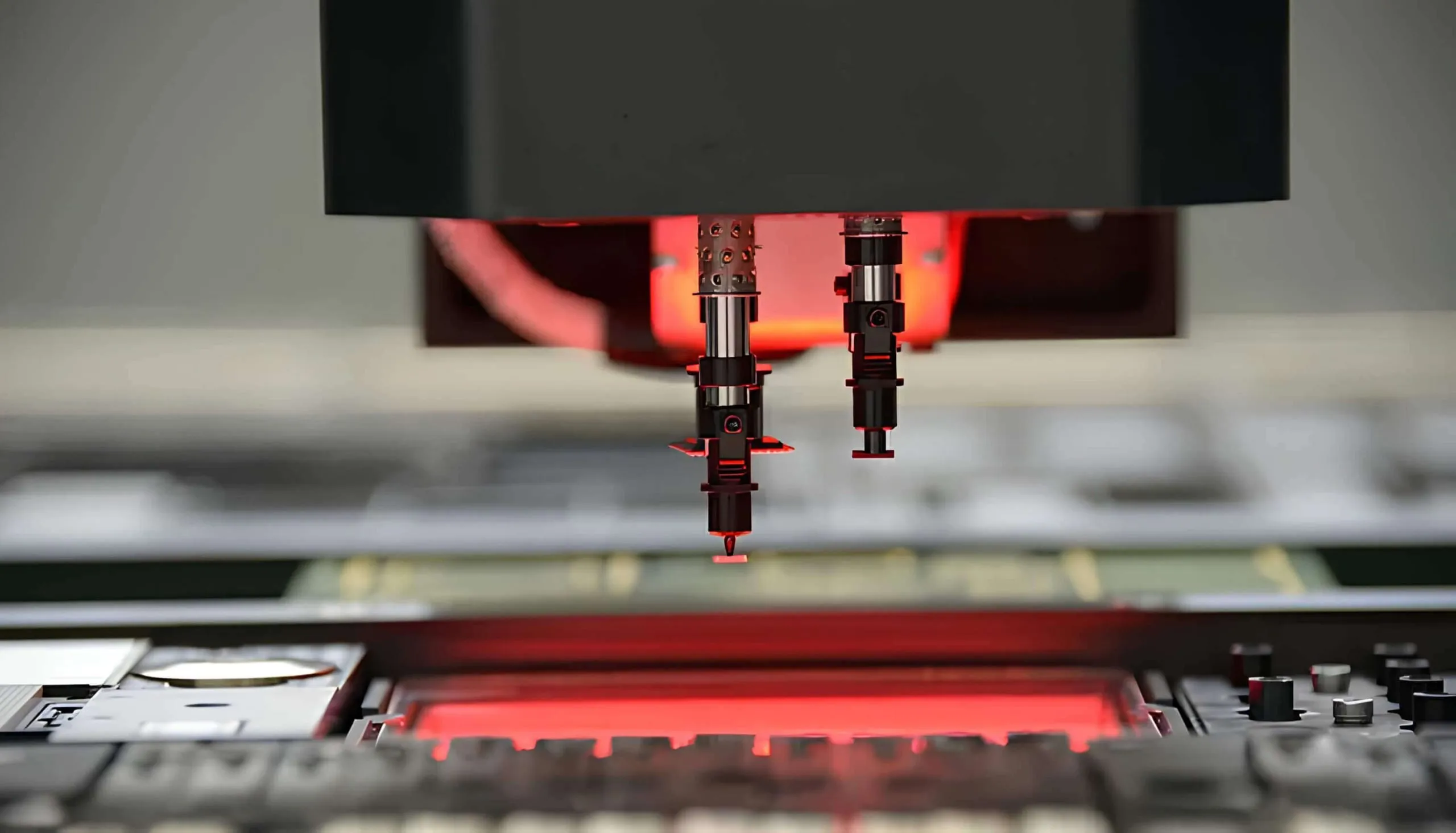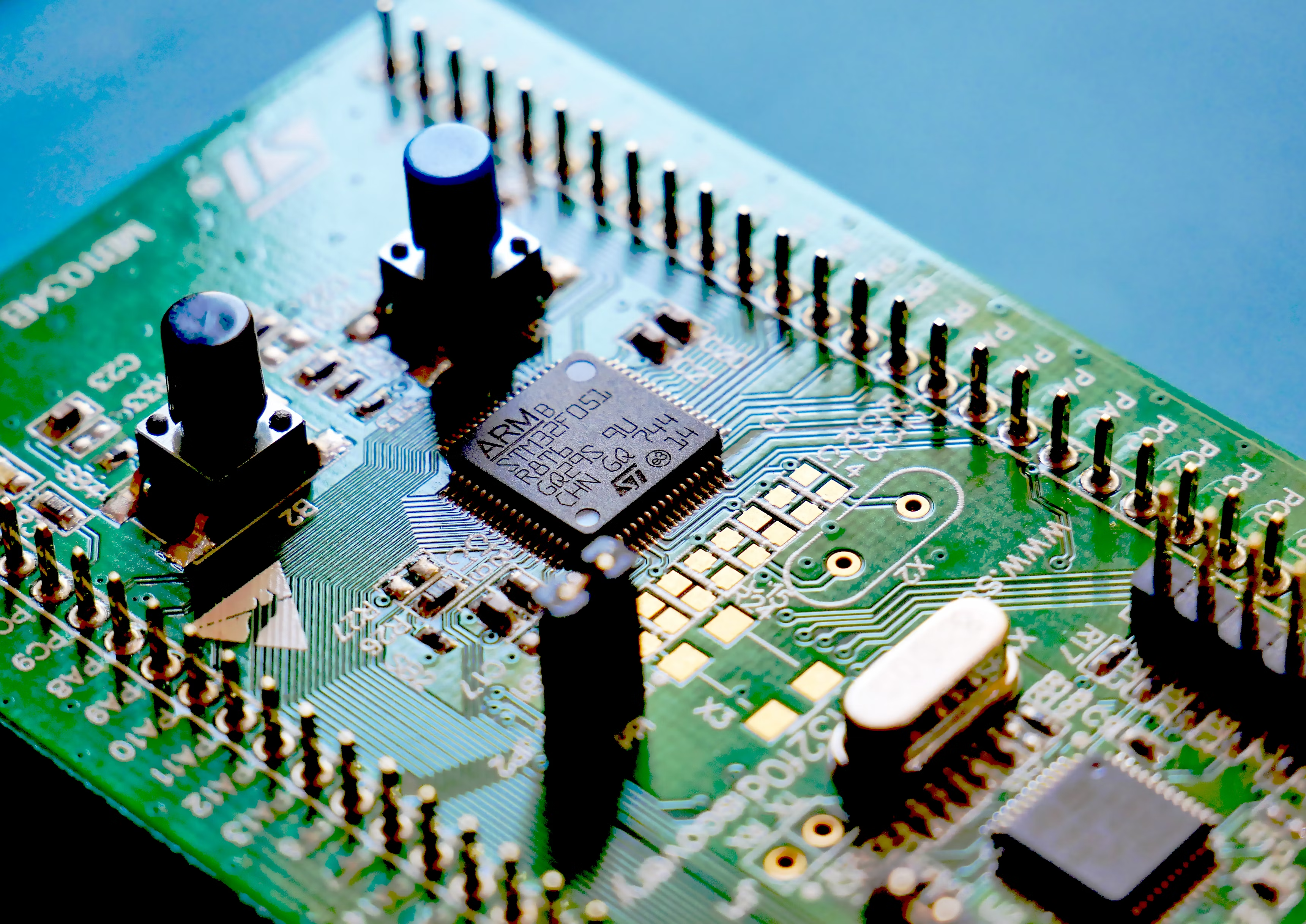In the world of medical electronics, patient monitoring systems are critical devices that demand precision, reliability, and efficiency. When it comes to assembling the printed circuit boards (PCBs) for these systems, choosing the right technique can make all the difference. So, which is better for patient monitoring systems: SMT PCB assembly or through-hole PCB assembly? In short, SMT (Surface Mount Technology) often takes the lead due to its compact design, cost-effectiveness, and suitability for high-density applications, while through-hole offers superior durability for components under mechanical stress. However, the best choice depends on the specific needs of the device, and sometimes a mixed technology PCB assembly approach is ideal.
In this detailed guide, we’ll break down the differences between SMT PCB assembly and through-hole PCB assembly, explore their applications in medical devices like patient monitoring systems, and dive into aspects like reflow soldering, wave soldering, and medical PCB assembly costs. Whether you’re an engineer, designer, or procurement specialist in the medical field, this post will help you make informed decisions for your next project.
What Are SMT and Through-Hole PCB Assembly Techniques?
Before diving into comparisons, let’s clarify what these two primary PCB assembly techniques entail. Both methods are used to mount electronic components onto a PCB, but they differ significantly in process, application, and performance.
SMT PCB Assembly: Surface Mount Technology involves placing components directly onto the surface of the PCB. These components, known as surface-mount devices (SMDs), are typically smaller and have flat leads or no leads at all. The process uses automated machines for precision placement and reflow soldering to secure components with solder paste.
Through-Hole PCB Assembly: This traditional method involves inserting component leads through pre-drilled holes in the PCB and soldering them on the opposite side. Through-hole technology (THT) components are larger and often more robust, making them suitable for applications requiring high mechanical strength. Wave soldering is commonly used in this process for mass production.

Key Differences Between SMT and Through-Hole for Patient Monitoring Systems
Patient monitoring systems, such as heart rate monitors, blood pressure devices, and ECG machines, require PCBs that balance compactness, reliability, and cost. Let’s compare how SMT and through-hole assembly techniques meet these needs across several critical factors.
1. Size and Component Density
In modern patient monitoring systems, space is often limited. Devices need to be portable or wearable, requiring compact PCB designs. SMT PCB assembly excels here because SMDs are much smaller than through-hole components. For instance, an SMT resistor can be as small as 0.4mm x 0.2mm (0402 package), allowing for high component density on a single board. This is ideal for multi-functional monitoring systems that integrate sensors, microcontrollers, and wireless communication modules in a tight space.
On the other hand, through-hole components, due to their larger size and the need for drilled holes, take up more space. A typical through-hole resistor might measure 6mm in length with leads, limiting the number of components per square inch. This makes through-hole less suitable for compact medical devices unless specific larger components are required.
2. Reliability and Durability
Reliability is non-negotiable in medical applications. A failure in a patient monitoring system could have life-threatening consequences. Through-hole PCB assembly offers superior mechanical strength because the component leads are anchored through the board and soldered on both sides. This makes through-hole ideal for components like connectors or power supplies in patient monitoring systems that may experience vibration or physical stress.
SMT components, while reliable under normal conditions, are more susceptible to mechanical failure in high-stress environments. However, advancements in SMT materials and soldering techniques, such as improved solder alloys with a melting point around 217°C for reflow soldering, have enhanced their durability for medical use.
3. Manufacturing Speed and Automation
Speed is a significant factor in production, especially for high-volume medical devices. SMT PCB assembly is highly automated, using pick-and-place machines to position components at speeds of up to 100,000 components per hour in advanced setups. The reflow soldering process, where boards pass through a controlled heating oven, further streamlines production.
Through-hole PCB assembly, by contrast, often involves manual or semi-automated insertion of components, followed by wave soldering—a process where a wave of molten solder (typically at 260°C) secures the leads. This method is slower, with manual insertion rates often below 500 components per hour, making it less efficient for large-scale production of patient monitoring systems.

Reflow Soldering vs. Wave Soldering: Which Is Better for Medical PCBs?
Soldering is a critical step in PCB assembly, and the choice between reflow soldering (used in SMT) and wave soldering (used in through-hole) impacts both quality and cost in medical applications.
Reflow Soldering for SMT
Reflow soldering involves applying solder paste to PCB pads, placing components, and then heating the board in a reflow oven. The controlled temperature profile—typically peaking at 240-250°C for lead-free solder—ensures precise bonding without damaging sensitive components. This method is ideal for the fine-pitch components (e.g., 0.5mm pitch QFN packages) often found in patient monitoring systems, where accuracy is crucial for signal integrity in sensors and processors.
Wave Soldering for Through-Hole
Wave soldering passes the PCB over a wave of molten solder, securing through-hole component leads. While effective for larger components, it can be less precise and may cause thermal stress on smaller parts if mixed technology is used. For patient monitoring systems with through-hole power connectors or capacitors, wave soldering ensures strong joints but requires careful thermal management to avoid damaging nearby SMT components.
Mixed Technology PCB Assembly: The Best of Both Worlds?
In many patient monitoring systems, neither SMT nor through-hole alone meets all requirements. This is where mixed technology PCB assembly comes into play, combining both techniques on a single board. For example, SMT can be used for compact microcontrollers and sensors, while through-hole handles robust connectors or high-power components.
The challenge with mixed technology lies in the assembly process. It often requires both reflow and wave soldering, increasing production complexity. First, SMT components are placed and soldered via reflow, then through-hole components are inserted and secured with wave soldering or selective soldering. This dual process can raise medical PCB assembly costs but ensures optimal performance for complex devices.

Medical PCB Assembly Costs: SMT vs. Through-Hole
Cost is a critical consideration in medical device manufacturing, where budgets must balance innovation and affordability. Let’s break down the cost factors for each assembly technique.
SMT PCB Assembly Costs
SMT assembly generally offers lower costs for high-volume production due to its automation. The initial setup for SMT, including stencil creation for solder paste and programming pick-and-place machines, can range from $500 to $2,000 for a typical project. However, per-unit costs drop significantly in mass production, often to less than $0.01 per component placement in large runs. Additionally, SMT components are often cheaper due to their smaller size and widespread use.
Through-Hole PCB Assembly Costs
Through-hole assembly tends to be more expensive, especially for labor-intensive manual insertion. Setup costs are lower (around $200-$500), but per-unit labor costs can be 5-10 times higher than SMT for manual processes. Wave soldering also requires additional flux and cleaning steps, adding to expenses. Through-hole components themselves are often pricier due to their larger size and lower production volumes.
Mixed Technology Costs
Mixed technology PCB assembly typically combines the costs of both methods, with additional expenses for dual soldering processes. For patient monitoring systems, where mixed technology might be necessary, expect a 20-30% cost increase compared to a pure SMT approach for medium to high volumes.
Which Technique Is Best for Patient Monitoring Systems?
Choosing between SMT PCB assembly, through-hole PCB assembly, or a mixed technology approach depends on the specific requirements of the patient monitoring system. Here are some guiding factors:
- Compact and Portable Devices: Opt for SMT PCB assembly to maximize component density and minimize size. This is ideal for wearable monitors or handheld devices.
- High Mechanical Stress: Use through-hole PCB assembly for components like connectors or power modules that need to withstand physical stress or frequent plugging/unplugging.
- Complex Multi-Function Systems: Consider mixed technology PCB assembly to combine the benefits of both techniques, ensuring both compactness and durability.
Signal integrity is another concern in medical devices. For instance, in an ECG monitor, high-frequency signals (up to 100 Hz for heart activity) require minimal interference. SMT’s shorter lead lengths reduce parasitic inductance (typically below 1 nH compared to 5-10 nH for through-hole leads), improving signal quality. However, for power delivery components, through-hole’s robust connections might be necessary to handle currents of 5A or more without overheating.
Challenges and Solutions in Medical PCB Assembly
Regardless of the assembly technique, medical PCBs must meet stringent standards like ISO 13485 for quality management. Here are common challenges and solutions:
- Thermal Management: Patient monitoring systems often operate continuously, generating heat. SMT components, with smaller thermal mass, can overheat if not designed with proper heat sinks. Solution: Use thermal vias and copper pours to dissipate heat.
- Component Sourcing: Medical devices require components with long-term availability due to regulatory approval cycles. Solution: Work with suppliers offering lifecycle management and obsolescence planning.
- Regulatory Compliance: PCBs must pass biocompatibility and electromagnetic compatibility (EMC) tests. Solution: Design with shielding and filtering in mind, and test early in the development cycle.
Conclusion: Making the Right Choice for Patient Monitoring Systems
In the design and production of patient monitoring systems, selecting the appropriate PCB assembly technique is crucial for balancing performance, cost, and reliability. SMT PCB assembly stands out for its compactness and efficiency, making it a go-to choice for modern, portable medical devices. Through-hole PCB assembly remains relevant for applications requiring durability and strength. For complex systems, mixed technology PCB assembly offers a versatile solution, though it comes with higher medical PCB assembly costs.
Understanding the nuances of reflow soldering and wave soldering, along with the specific needs of your project, will guide you toward the best approach. By carefully evaluating factors like size constraints, mechanical requirements, and production volume, you can ensure that your patient monitoring systems deliver the precision and reliability that healthcare demands.
At ALLPCB, we’re committed to supporting medical device manufacturers with tailored PCB assembly solutions. Whether you need SMT, through-hole, or mixed technology assembly, our expertise ensures high-quality results for critical applications. Let’s work together to bring your patient monitoring innovations to life.
 ALLPCB
ALLPCB







